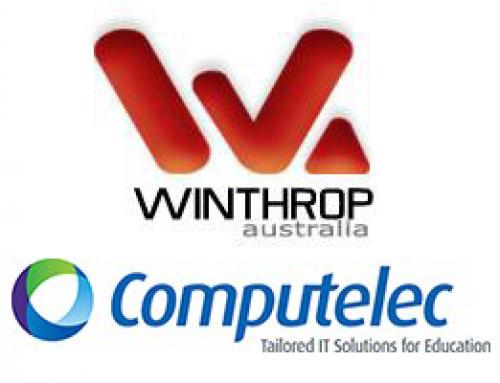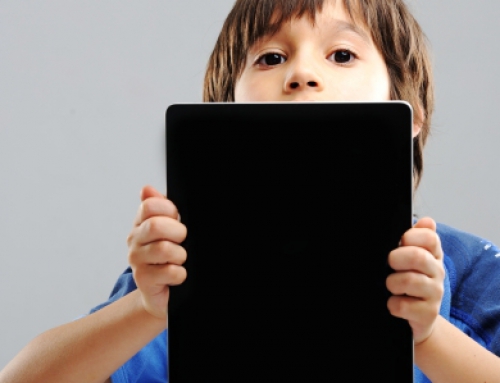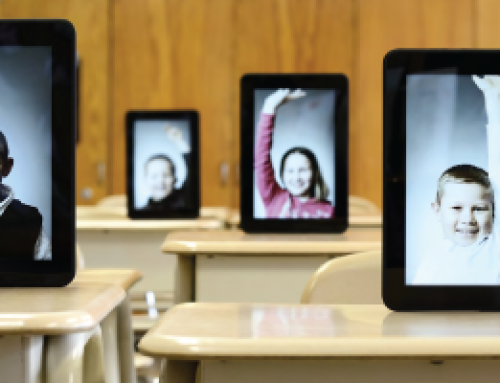Diving into the Toybox of Microsoft’s Office365 and Google Apps for Education
by Joh Wilkins Bennett, Professional Development and Innovation Specialist at Expanding Learning Horizons.
"To Infinity……. and beyond…"- Buzz Lightyear, 1995
Buzz had it right when he challenged Woody's 21st Century appeal and functionality as an engaging toy. But is it really just about the bells and whistles?
As our current learners make their way to infinity and beyond…. our classrooms, is the act of using technology equipping our students with all of the skills they need for the future? Are we really preparing them to "reach for the stars"?
Trends driving technology use in Classrooms
It is worth reflecting on what exactly is driving the use of technology in our classrooms today. Certainly, there are a number of trends that we are seeing across the board:
Firstly, the plethora of personal computing devices that have appeared in the marketplace, that are now commonplace in our lives, as well as their subsidiaries in the form of connectivity and consumer devices.
Secondly, in our schools, we are seeing a growing trend towards BYOD-Bring Your Own Device and CYOD, Choose Your Own Device as a result. We are seeing learning outside of the classroom made possible in ways we could never have even imagined just 20 years ago, and we are witnessing a paradigm shift in how we discover, access, and use digital content, in ways that are enabling immersive experiences and strong student engagement.
As educators we are committed to personalizing the learning experiences for all of our students, noticeably the potential that cloud offerings bring to the process of anytime-anywhere learning, has seen an ease to which personalization can take place. More than anything though, one of the key drivers behind the adoption of technology in our classrooms has been the commitment and desire to develop, in all of our students, a set of core 21st Century skills that will enable them to progress through their education and beyond.
Exploring 21st Century skills
But what is the 21st Century Skill set? Is there just one set? Where do I find it? As 2015 marks 15 years into the 21st Century, shouldn’t I have these by now?
If we strip back the generalizations, we uncover many differing research avenues that converge to form a consensus of a generalized list of skills we need to be exploring in educational settings that will support the need of our future industrialized world.
ITL Framework
In 2011, ITL Research teams (Innovative Teaching and Learning) worked with policy and research partners in seven participating countries to research innovative teaching and learning practices. As a result, the 21st Century Learning Design (21CLD) program was designed with Microsoft as part of its investment in the Innovative Teaching and Learning Research project (2011). The rubrics that serve as the foundation of 21CLD were developed by SRI International working with Maria Langworthy, the global director of the ITL Research project and were redesigned for the Australian context (Dalton, 2013). The framework identifies 6 key 21st century skills:Collaboration, Knowledge Construction, Real World Problem Solving, ICT for Learning, Skilful Communication and Self-Regulation.
IFTF Research
At the same time The Institute for the Future (IFTF) - an independent, non-profit strategic research group with more than 40 years of forecasting experience, began to identify emerging trends for success in the 2020 job market. What was identified were a comparably similar skill sets to those of the ITL educational research.
Sense making, Social Intelligence, New Media Literacy, Novel and Adaptive Thinking, Cross Cultural Competency, Computational Thinking, Transdisciplinarity, Design Mindset, Cognitive Load Management and Virtual Collaboration.
Australian National Curriculum General Capabilities
Another converging avenue of definition can be found in the development of the Australian National Curriculum General Capabilities. This set of learner capabilities of outline skills that Australian learners are to develop. The aim of Australian educational governing bodies is for our educators to develop successful, learners, confident and creative individuals that are active and informed citizens and that this model of learner can be achieved through the development of 7 key skills: Strength in literacy and numeracy, thorough and capable integrated computer technology and critical and creative thinking skills, capabilities in all social and personal interactions, informed global citizen with deep intercultural understandings and ethics.
From three very different sources we begin to establish and construct the skill set desired for future success. Our current access to a plethora of Technology integration tooling can support this pedagogical shift.
This is Part 1 of a series of posts exploring Office 365 and Google Apps for Education in the classroom. Stay tuned for the remaining posts, or watch our recent Webinar on the topic. If you are located in Sydney or Brisbane and would like to attend our Office 365 or GAFE workshops in November, please visit our events page to register.





